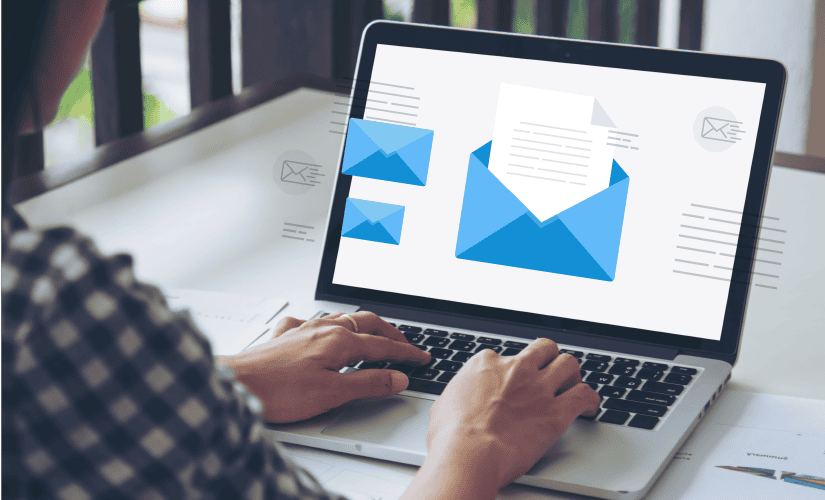Hey man! Let’s talk about automating follow-up emails to supercharge your customer interactions.
Think of it like this: you’re at a party, and you meet someone interesting. You chat for a bit, exchange numbers, and promise to stay in touch. But then, life gets in the way, and you never quite get around to reaching out.
That’s where automated follow-up emails come in. They’re like your trusty sidekick, ensuring you never miss a beat in building those crucial relationships with your customers. They help you stay top-of-mind, nurture leads, and drive conversions without lifting a finger (well, almost!).
Ready to dive in? Let’s go!
What are Automated Follow-Up Emails?
We know, it’s not rocket science, but let’s get on the same page. Automated follow-up emails are like those pre-written messages you schedule to go out automatically based on specific triggers or events. Think welcome emails after someone signs up for your newsletter, order confirmations, or even friendly reminders about items left in their cart.
The beauty of it? You set it and forget it! No more scrambling to manually send individual emails.
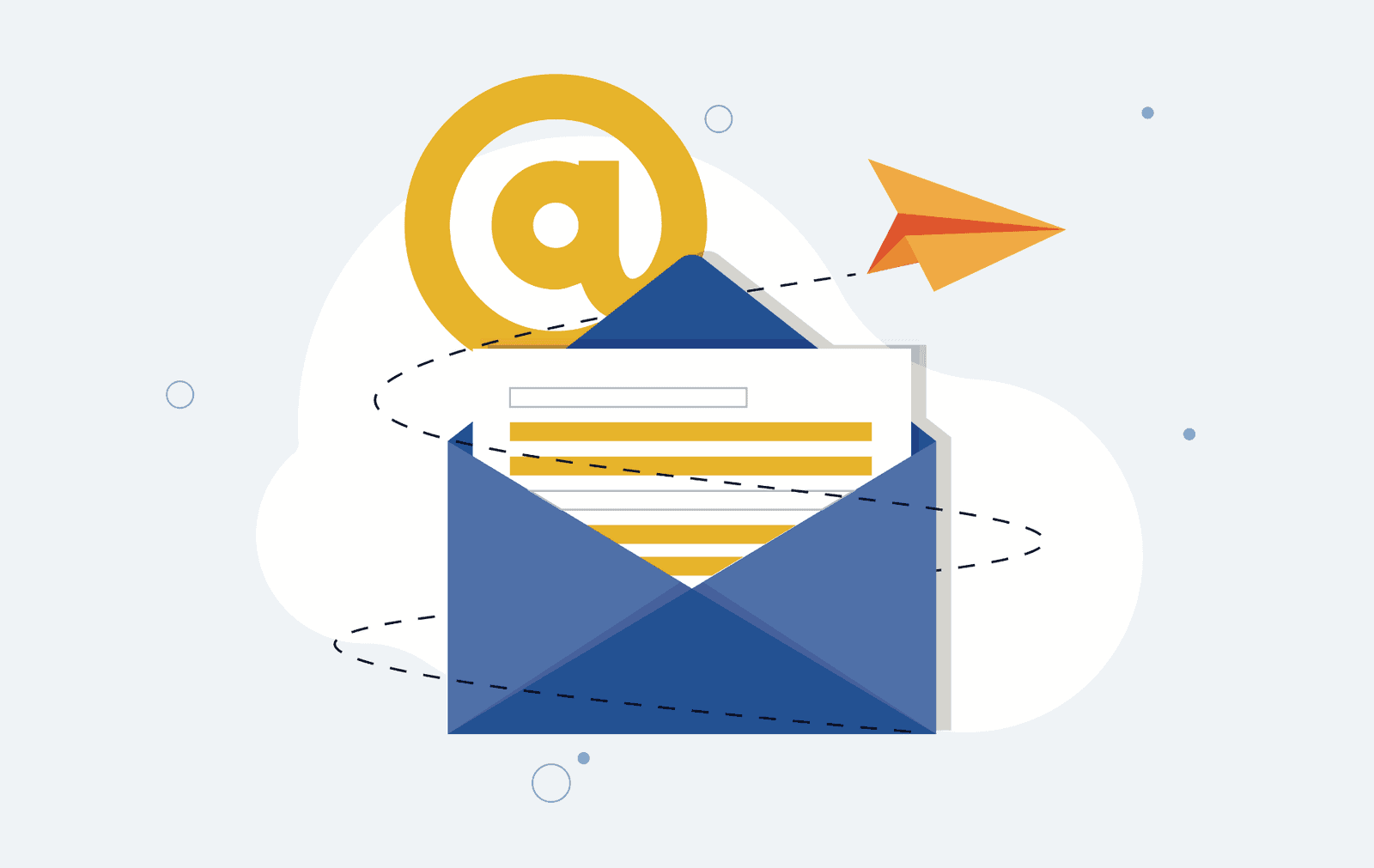
Why You Absolutely Need Automated Follow-Up Emails: Reasons That Will Blow Your Mind
Think of automated follow-up emails as your secret weapon for streamlining your sales process and skyrocketing those conversions. Here’s why:
- Time-Saver Extraordinaire: Wave goodbye to the days of manually crafting and sending individual emails. With automated sequences, you can set up a series of targeted messages to go out automatically, freeing up your precious time for other important tasks.
- Lead-Nurturing Master: Keep your prospects engaged and excited about your brand by delivering timely and relevant content that keeps them hooked. Think of it as building a relationship – consistent communication is key.
- Personalization King: You know the power of personalization, right? Automated emails can dynamically insert customer data like names, purchase history, or browsing behavior, making each interaction feel tailor-made just for them.
- Effortless Scalability: As your business grows (and we know it will!), your automated follow-up emails can scale right alongside you. Send more emails to more people without breaking a sweat or maxing out your resources.
- Cost-Cutting Champion: Speaking of scaling, as your outreach expands, the costs associated with automated emails remain relatively stable. This translates into more conversions and a healthier bottom line for your business.
Setting Up Your First Automated Follow-Up Email: A Step-by-Step Guide
Ready to get your hands dirty and set up your first automated follow-up sequence? Awesome! Here’s your roadmap to success:
Step 1: Pick Your Email Automation Tool
First things first, you need to choose the right tool for the job. There are tons of options out there, each with its own bells and whistles. Some popular choices include:
- LaGrowthMachine: A multi-channel sales platform that specializes in personalized email sequences, offering features like personalization tokens, email tracking, and in-depth analytics.
- ChatBees: An AI-powered customer support software that boasts effective response strategies, CRM integration, robust security protocols, and a hybrid support model that seamlessly blends automation with human interaction.
The key is to find a tool that aligns with your specific needs and budget. Do your research, explore different options, and pick the one that feels like the perfect fit.
Step 2: Craft Compelling Email Templates
Now for the fun part—creating those irresistible email templates that will captivate your audience and keep them coming back for more! Here are some tips to help you craft messages that stand out:
- Subject Line Superhero: Your subject line is your first impression—make it count! Use clear, concise, and attention-grabbing language that accurately reflects the content of your email.
- Message Clarity is Key: Keep your emails short, sweet, and to the point. Focus on one primary goal or action you want your recipient to take. Avoid overwhelming them with unnecessary details or distractions.
- Embrace a Friendly Vibe: Write like you’re talking to a friend! Use a conversational tone that reflects your brand personality and resonates with your target audience.
- Visual Appeal Matters: Break up large chunks of text with bullet points, images, or even emojis to make your emails more visually engaging and easy on the eyes.
- CTA Powerhouse: Always include a clear and compelling call-to-action (CTA) that tells your recipients exactly what you want them to do next. Make it visible, actionable, and create a sense of urgency.
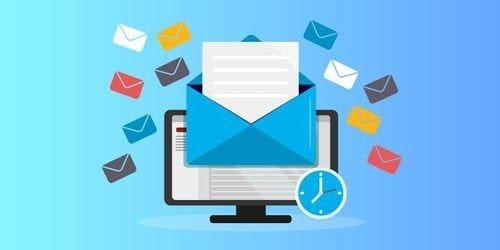
Step 3: Unleash the Power of Triggers
Triggers are the magic behind automation! They determine when those carefully crafted email templates will be sent out. Think of triggers as the “if this, then that” of your email sequences.
Here are a few examples to get your creative juices flowing:
- New Subscriber Welcome: Send a warm welcome email as soon as someone subscribes to your newsletter.
- Order Confirmation Hero: Automatically send an order confirmation email after a customer completes a purchase.
- Abandoned Cart Reminder: Gently remind customers about items they left in their cart with a friendly and helpful email.
- Post-Webinar Engagement: Follow up with attendees after a webinar to share resources, gather feedback, or offer a free consultation.
You can set up triggers based on a wide range of actions, from website visits and form submissions to email opens and clicks. The possibilities are endless!
Step 4: Craft Engaging Email Sequences
Email sequences are like carefully choreographed dances, guiding your recipients through a series of targeted messages designed to nurture, educate, and ultimately convert them.
Here’s a simple breakdown:
- Sequence Structure: Start by outlining the basic structure of your sequence. How many emails will it include? When will each email be sent? What should happen after each email is sent?
- Email Content Powerhouse: Now it’s time to flesh out the content of each email in your sequence. Craft engaging subject lines, write compelling copy, and include those powerful CTAs we talked about earlier.
- Automation Rules: Set up rules that determine when the sequence should end. For example, you might end the sequence if a customer makes a purchase or upgrades their account.
Step 5: Monitor, Optimize, and Conquer
Remember, setting up automated follow-up emails isn’t a “set it and forget it” kind of deal. It’s an ongoing process that requires monitoring, analysis, and optimization to ensure you’re getting the best possible results.
- Track Key Metrics: Keep a close eye on metrics like open rates, click-through rates, conversion rates, and unsubscribe rates. These insights will help you identify what’s working and what needs a little tweaking.
- A/B Testing is Your Friend: Experiment with different subject lines, email content, CTAs, and sending times to see what resonates best with your audience. A/B testing helps you continually improve your email performance.
- Embrace Analytics: Leverage the power of analytics tools (like those offered by LaGrowthMachine and ChatBees) to gain deeper insights into your campaign performance. Use this data to make data-driven decisions and refine your strategies.
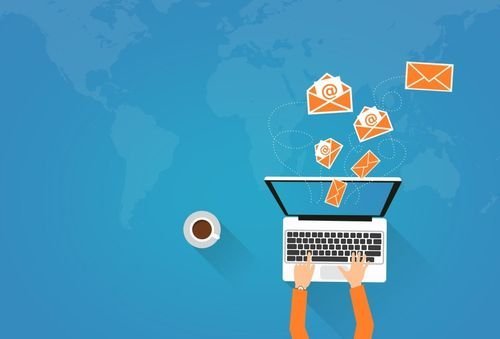
Follow-Up Email Templates to Inspire Your Next Campaign
Need a little inspiration to get those creative juices flowing? Check out these sample templates to get you started:
Template 1: Re-Engagement Email
Subject: [Name], Did We Lose You?
Hey [Name],
Just checking in to see how things are going! We haven’t heard from you in a while, and we wanted to make sure you’re still getting the most out of [Product/Service].
If you have any questions, need assistance, or want to explore new features, we’re always here to help.
Best,
The [Your Company] Team
Template 2: Nurture Email
Subject: Level Up Your [Topic] Game with These Awesome Tips!
Hi [Name],
Hope you’re having a fantastic week! We wanted to share some valuable tips and resources to help you take your [Topic] skills to the next level.
Check out this awesome article: [Link to Article]
We’re always here to support your journey. Let us know if you have any questions or need a helping hand.
Cheers,
The [Your Company] Team
Template 3: Post-Purchase Follow-Up
Subject: Woohoo! Your Order is Confirmed
Hey [Name],
Thanks for choosing [Your Company]! We’re thrilled to have you on board. Your order ([Order Number]) is confirmed and on its way.
You can track its progress here: [Link to Tracking Page]
We’re confident you’ll love your purchase. If you have any questions or need anything at all, just give us a shout!
Best,
The [Your Company] Team
Template 4: Upsell Email
Subject: Unlock Exclusive Features with [Upgraded Product/Service]!
Hi [Name],
We noticed you’re currently using [Current Product/Service]—that’s awesome! Did you know you can unlock even more powerful features and benefits with [Upgraded Product/Service]?
Here’s a sneak peek at what you’ll get:
- [Benefit 1]
- [Benefit 2]
- [Benefit 3]
Upgrade today and take your experience to the next level: [Link to Upgrade Page]
Cheers,
The [Your Company] Team
Template 5: Reactivation Email
Subject: We Miss You! Come Back and See What’s New
Hi [Name],
It’s been a while since we last connected, and we wanted to see if you’re still interested in [Product/Service]. We’ve been busy adding some exciting new features and improvements that we think you’ll love.
Come back and check them out: [Link to Website/Product Page]
We’d love to have you back in the [Your Company] community!
Best,
The [Your Company] Team
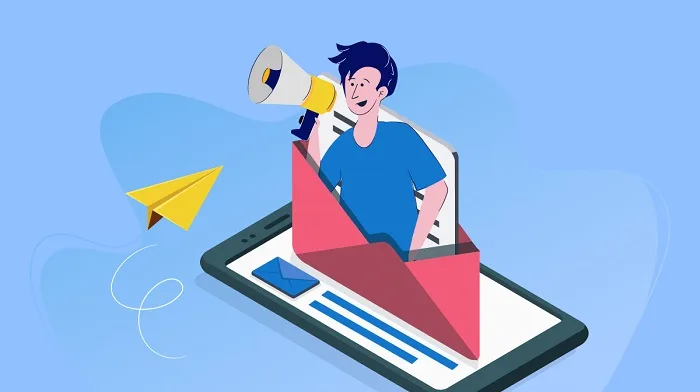
Pro Tips to Win at the Follow-Up Game
Want to take your follow-up email strategy from good to exceptional? Here are some expert tips to keep in mind:
- Urgency is Your Ally: Use words like “now,” “today,” or “limited-time offer” to create a sense of urgency and encourage your recipients to take action sooner rather than later.
- Keep It Casual: Adopt a friendly and conversational tone in your emails. Write as if you’re chatting with a friend or colleague.
- Personalization Power: Use the recipient’s name and other relevant information (like their company or job title) to make your emails feel more personal and engaging.
- Deliver Value in Every Message: Don’t just send emails for the sake of sending emails. Ensure each message provides value to your recipients, whether it’s helpful information, exclusive offers, or insightful resources.
- A/B Testing is Key: Continuously test different elements of your emails to see what performs best. Experiment with subject lines, content formats, CTAs, and sending times to optimize your results.
- Analytics Are Your Guide: Track your email performance using analytics tools and use the data to make informed decisions about future campaigns.
Conclusion
Automated follow-up emails are more than just automated messages. They’re about building connections, fostering relationships, and providing exceptional customer experiences.
By automating these critical touchpoints, you free up your time, ensure consistent communication, and personalize interactions at scale. The result? Happier customers, stronger brand loyalty, and ultimately, greater business success.
So, go ahead, embrace the power of automation, and watch your customer interactions flourish!
FAQs
How many emails should I include in my follow-up sequence?
There’s no magic number, my friend! The ideal length of your sequence depends on factors like your industry, target audience, and the complexity of your product/service. Start with 3-5 emails and adjust based on your results and customer feedback.
What’s the best time to send follow-up emails?
Experimentation is key! There’s no one-size-fits-all answer. Consider your target audience’s time zone, work habits, and typical email engagement patterns. A/B tests different sending times to find what works best.
How do I avoid ending up in the spam folder?
Ah, the dreaded spam folder! Here are a few tips:
- Get Permission: Always obtain explicit consent before adding someone to your email list.
- Avoid Spammy Language: Steer clear of using all caps, excessive exclamation points, or phrases like “get rich quick” or “free money.”
- Maintain a Clean List: Regularly remove inactive subscribers from your list to improve your sender reputation.
- Set Up Proper Authentication: Implement email authentication protocols like SPF, DKIM, and DMARC to verify your sender identity and improve deliverability.

